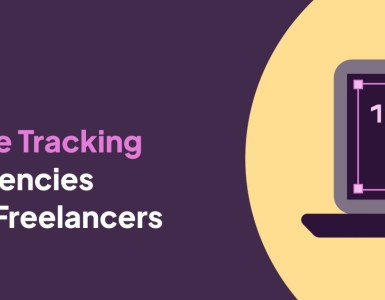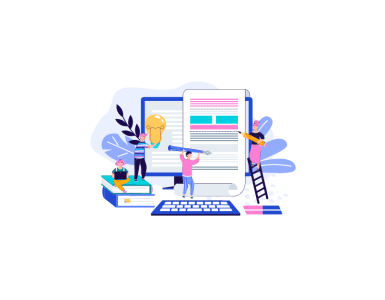In today’s digital landscape, creating a user-friendly experience is paramount, especially for Software as a Service (SaaS) and mobile applications. This article will explore the intricacies of User Experience (UX) design costs, breaking down what factors influence pricing, how to budget effectively, and the various pricing models available in the market. Let’s dive in!
Understanding UX Design for Digital Products
Understanding the fundamentals of UX design is essential for anyone looking to develop software products. At its core, UX design focuses on the interaction between users and digital systems. It encompasses a wide range of disciplines, including psychology, design, and technology, all aimed at improving the user’s overall experience.
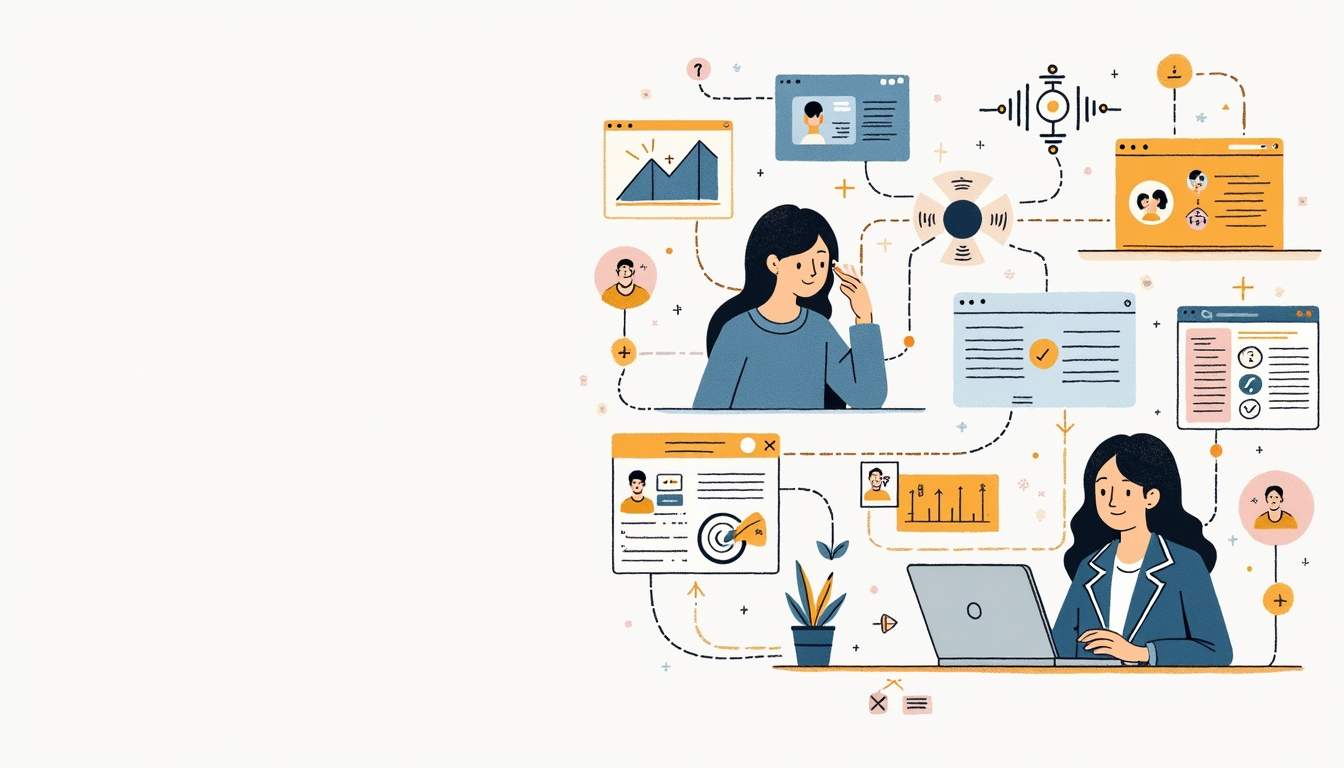
The importance of UX design cannot be overstated, as it directly impacts user satisfaction and retention rates. A well-structured product will guide users through tasks seamlessly, minimize frustration, and encourage continued use of the product. Moreover, as digital products become increasingly complex, the role of UX designers in simplifying these interactions grows ever more critical. By employing user-centered design principles, designers can create interfaces that are not only functional but also enjoyable, leading to a more engaged user base.
The Importance of UX Design in Digital Products
Investing in strong UX design leads to several benefits, such as enhanced user engagement, increased conversions, and improved customer loyalty. Users are more likely to choose and stick with platforms that offer intuitive and pleasing interfaces, making UX design a strategic investment. Furthermore, a focus on UX can significantly reduce development costs in the long run. By identifying potential usability issues early in the design process, teams can avoid costly revisions and ensure that the final product meets user needs effectively.
A product that prioritizes user experience not only retains existing customers but also attracts new ones through positive word-of-mouth and reviews. In today’s digital landscape, where competition is fierce, a standout user experience can be the differentiator that sets a product apart. Companies that invest in UX design often see a direct correlation between user satisfaction and their bottom line, as happy users are more likely to become repeat customers and advocates for the brand. Therefore, understanding and implementing solid UX design principles is crucial for the success of any digital product.
Key Elements of UX Design for SaaS and Apps
The key elements of UX design vary slightly between SaaS products and apps, but certain fundamentals remain constant. These include usability, interaction design, information architecture, and visual design. Each part plays a critical role in delivering an overall user experience. In addition, accessibility is becoming an increasingly vital aspect of UX design, ensuring that products are usable by people with a wide range of abilities and disabilities. This means considering color contrast, text size, and navigational aids that can accommodate all users.
Usability ensures that users can easily navigate your application without confusion, while interaction design focuses on the flow of the user’s activities. Information architecture organizes content effectively, and visual design appeals to users aesthetically. Balancing these elements is essential for any successful digital product. Furthermore, incorporating user feedback into the design process can lead to continuous improvements, allowing products to evolve alongside user needs and preferences. By conducting usability testing and gathering insights from real users, designers can refine their approaches and create more effective, user-friendly experiences that resonate with their target audience.
The Cost Factors in UX Design
When it comes to UX design costs, a variety of factors come into play. Understanding these factors will help you better estimate the budget necessary for your project and avoid unexpected expenses down the road.
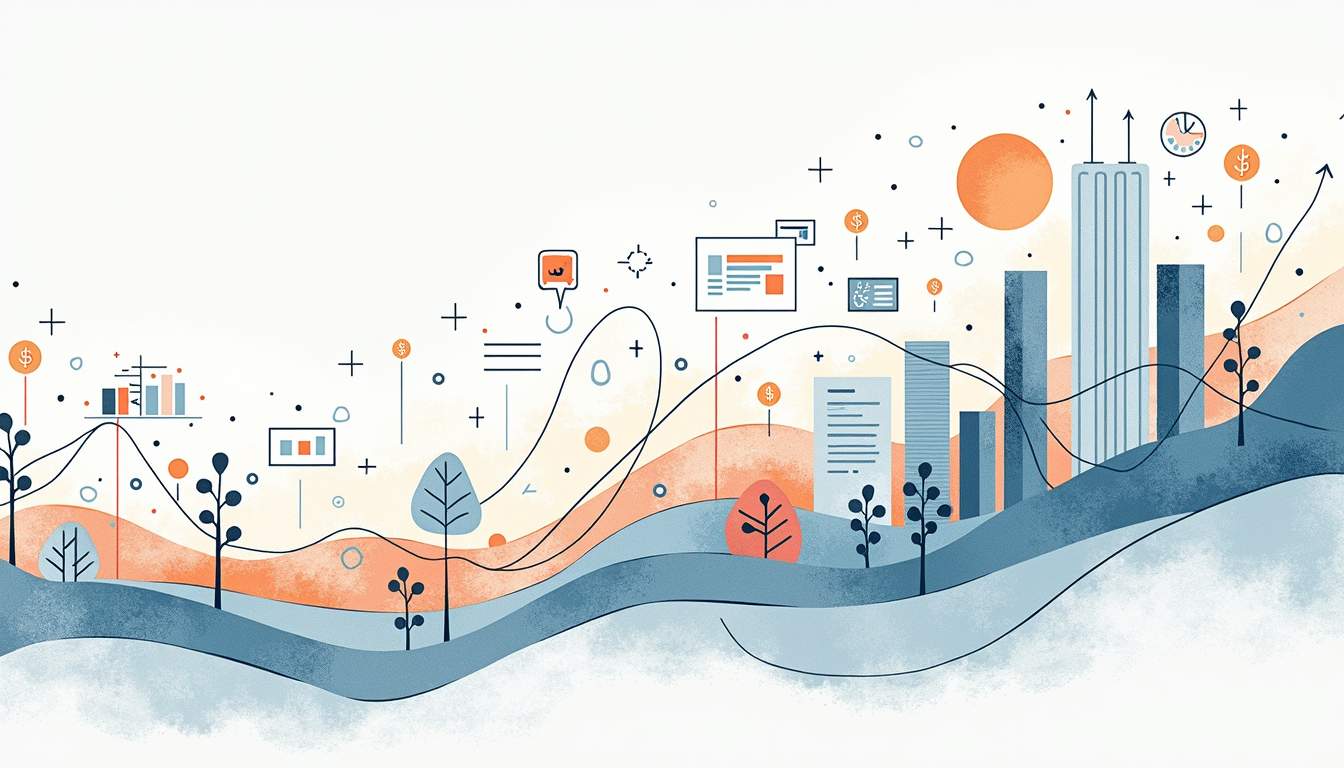
The complexity of the design can significantly influence costs, as more intricate designs typically require more resources and time. Additionally, the duration of the project plays a vital role in determining the cost of UX design—longer projects will inevitably incur more expenses.
The Role of Complexity in UX Design Costs
Complexity in UX design can arise from various sources, including the number of features, the intricacy of user flows, and the integration of systems. Products that require multi-user functionality, extensive databases, or unique customization options will generally require a higher investment.
Another factor to consider is the need for iterative testing and revisions. Complex projects often necessitate more user testing, which can extend timelines and increase costs. Thus, it’s important to consider complexity upfront when estimating design costs.
The Impact of Project Duration on UX Design Costs
The duration of your project is another critical factor. Longer projects often mean more hours billed, particularly if you are working with designers on an hourly rate. Additionally, prolonged timelines can lead to increased costs due to evolving technologies or design trends that may occur throughout the life of a project.
Furthermore, a longer duration might require more extensive project management, which can also add to the overall cost of the UX design process. Evaluating the scope and timeline of your project is crucial for developing a realistic budget.
Pricing Models for UX Design
When it comes to paying for UX design, various pricing models exist, each having its pros and cons. Understanding these pricing structures will enhance your ability to budget effectively for your project.
Two of the most common pricing models include fixed pricing and hourly rates. Each model has its place depending on the project’s requirements and your budget constraints.
Fixed Pricing vs. Hourly Rates in UX Design
Fixed pricing gives you a clear idea of costs upfront, making budgeting easier. This model is beneficial for well-defined projects with specific deliverables, as it reduces the risk of unexpected costs. On the other hand, hourly rates can be more flexible, allowing for adjustments based on project needs that may evolve.
However, this flexibility comes with uncertainty, as it can be challenging to predict the total cost of the project. As a client, you’ll need to consider which pricing model aligns best with your project’s nature and your willingness to take on risk.
Pros and Cons of Different Pricing Models
Fixed pricing can facilitate straightforward negotiations and clarity for both parties, but it might lead to difficulties if the scope of work changes substantially. Conversely, hourly rates are adaptable, accommodating changes and additional requests, but they can lead to budget overruns if not diligently monitored.
Ultimately, the best approach often combines elements of both models. For instance, negotiating a fixed price for the initial phases of a project and transitioning to hourly rates for subsequent adjustments can strike a balance between predictability and flexibility.
Estimating UX Design Costs for SaaS
Estimating UX design costs for SaaS products involves evaluating specific elements that can affect your budget. Understanding these factors can make a significant difference in your planning process.
By identifying key elements like user personas, core functionalities, and required integrations, you can create a more accurate budget that aligns with your project goals.
Factors Influencing SaaS UX Design Costs
SaaS UX design costs are influenced by factors such as the number of users, subscription tiers, and necessary security measures. As with any project, the more complex the requirements, the higher the costs will be.
For example, fulfilling regulatory compliance or implementing advanced functionality may require additional resources and expertise, thus raising the overall expenditure. A thorough assessment of your SaaS model will help you anticipate these costs.
How to Budget for SaaS UX Design
Budgeting for SaaS UX design involves considering both direct and indirect costs. Direct costs include design fees, tools and software required for design and testing, and user testing expenses. Indirect costs may involve project management and administrative expenses.
Creating a breakdown of these costs can simplify the budgeting process, allowing you to allocate resources effectively. Additionally, it is important to leave some buffer for unexpected expenses, as complexities often emerge during the design phase.
Estimating UX Design Costs for Apps
App UX design costs can differ significantly from those of SaaS products due to distinct requirements and functionalities. Understanding these differences is key for accurate budgeting.
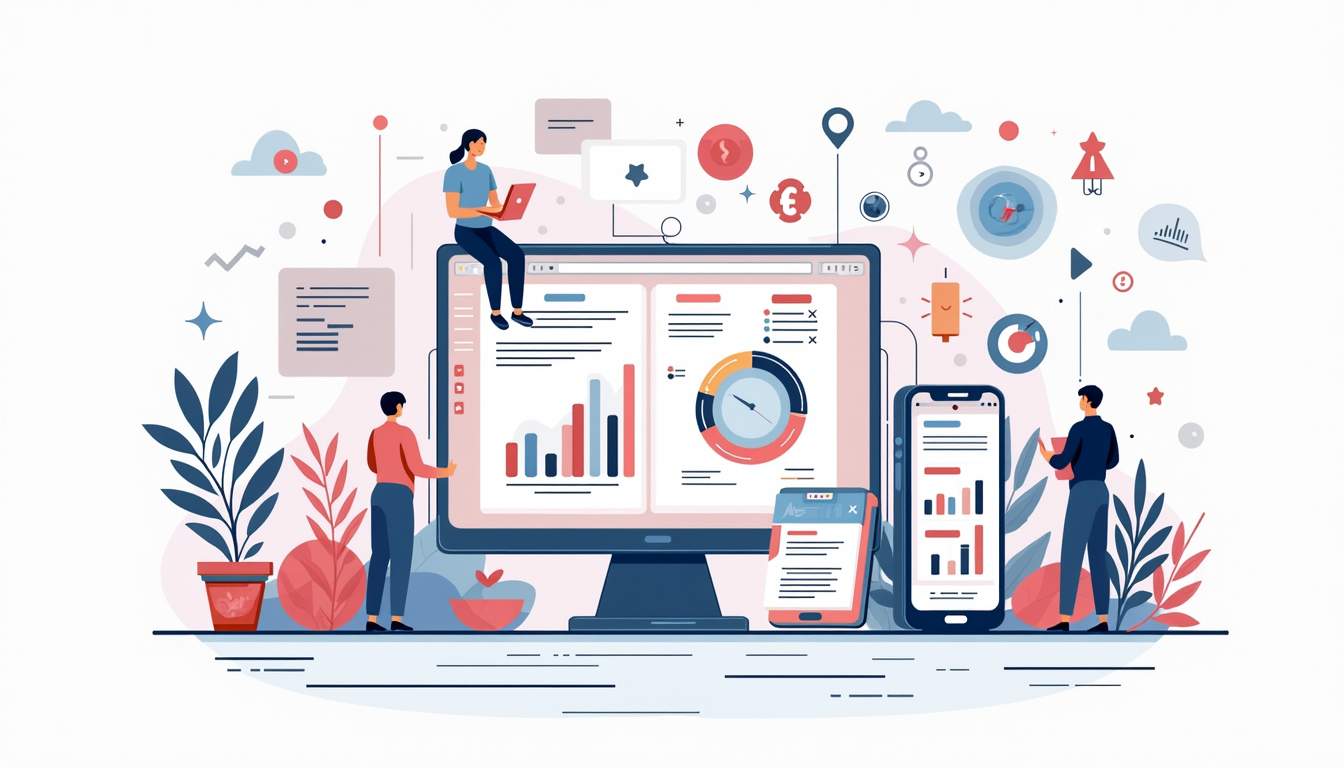
When estimating costs, consider the app’s platform (iOS, Android, web), the specific user interactions required, and the overall design aesthetics, as these can directly impact costs.
Factors Influencing App UX Design Costs
For apps, factors such as the need for custom animations, offline capabilities, and third-party integrations can significantly inflate design costs. Additionally, compatibility with different devices and screen sizes adds another layer of complexity that should not be underestimated.
Conducting user research and testing specific to mobile platforms can also add to the budget but is crucial for delivering a successful end product. Ensuring these factors are accounted for will give you a robust estimate for your app’s design costs.
How to Budget for App UX Design
Budgeting for app UX design requires a dedicated focus on usability testing, iterative design processes, and consistent updates post-launch. It’s important to create a budget that not only covers initial design expenditures but also ongoing improvements based on user feedback and changing trends.
To create an effective budget, prioritize essential features, gather feedback from potential users early on, and be prepared to iterate. By recognizing the importance of user feedback, you can ensure that your budgeting process accommodates necessary adjustments for continued success.
In conclusion, understanding and effectively managing UX design costs for SaaS and apps is crucial for any digital product’s success. By diligently considering complexity, project duration, pricing models, and specific factors associated with SaaS and app design, you can effectively navigate the budgeting process and invest wisely in your project’s user experience.
Connect with Top UX Design Talent on Twine
Ready to take your SaaS or app UX design to the next level? Twine offers a vibrant marketplace to match you with expert freelancers who specialize in delivering stellar user experiences. Don’t let budgeting and design complexities slow you down. Join our community at Twine, find the right talent for your project, and streamline your path to a successful digital product. Join now and start collaborating with professionals who can bring your vision to life with efficiency and creativity.

